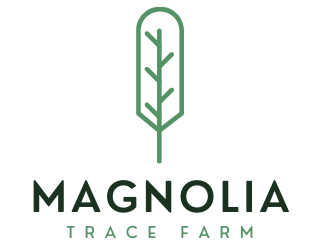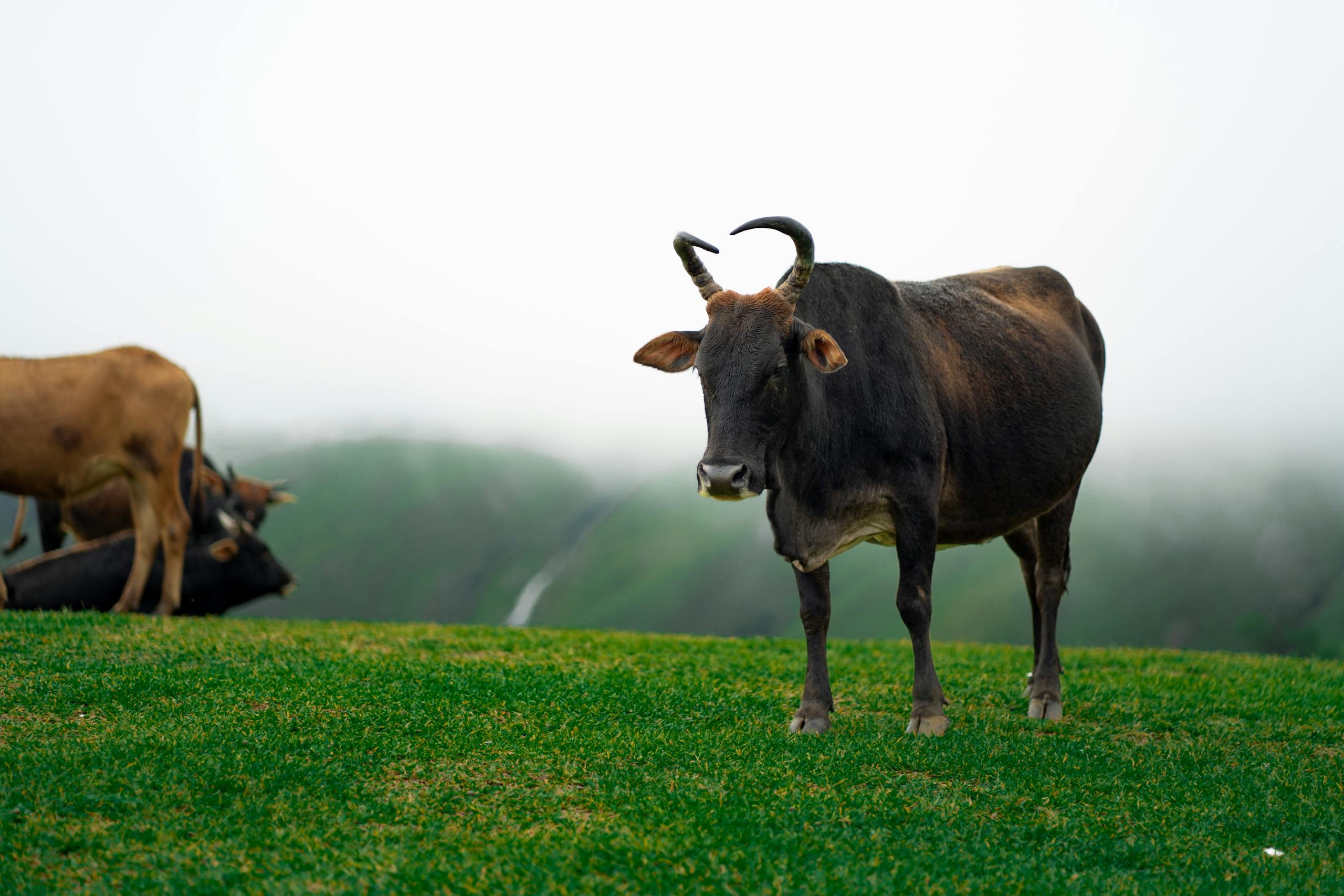Smart Grazing: Optimizing Pasture Management for Sustainable Livestock Production
Smart grazing is a modern approach to livestock management that benefits both farmers and the environment. It combines traditional grazing methods with new technology to improve land use and animal health. Smart grazing practices can boost farm productivity while reducing environmental impact.
This method uses tools like geofencing to control where animals graze. It also involves rotating grazing areas to prevent overuse of any one spot. By doing this, farmers can keep their land healthy and productive for longer.
Key Takeaways
- Smart grazing improves farm productivity and helps the environment
- Technology like geofencing aids in managing livestock movement
- Rotating grazing areas keeps land healthy and productive
Concepts of Smart Grazing
Smart grazing focuses on managing pastures and livestock in ways that boost productivity while helping the environment. It uses new ideas and tech to make grazing better for farms and nature.
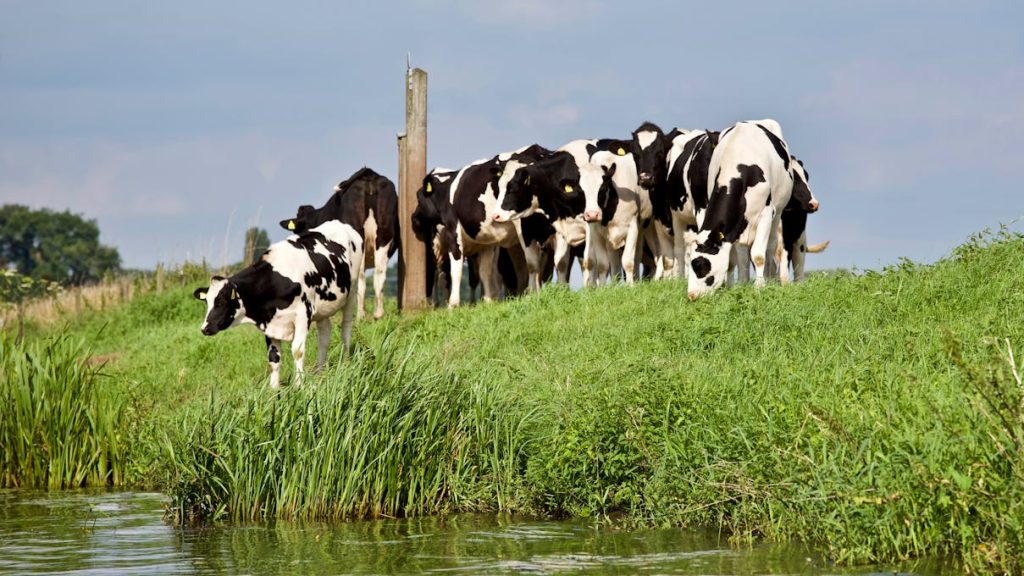
Definition and Principles
Smart grazing is a climate-smart grazing management strategy that aims to improve pasture use and animal production. It involves carefully controlling when and how much animals graze.
Key principles include:
- Rotating animals between paddocks
- Letting pastures rest and regrow
- Matching grazing to plant growth cycles
- Using tech to track pasture health
We use these methods to help grass grow back faster and stay healthy. This leads to more food for animals and less damage to the land.
Smart grazing also helps fight climate change. It can reduce herd sizes while keeping production up. This cuts down on greenhouse gases from livestock.
Historical Development
Smart grazing has roots in traditional rotational grazing systems. These old methods moved animals to fresh pastures regularly.
In the past, farmers relied on their eyes and experience to manage grazing. Now, we use data and tech to make smarter choices.
Key developments include:
- GPS tracking for livestock
- Satellite imaging of pastures
- Apps for grazing planning
Climate-smart grazing tech is now helping even small farms improve their practices. This tech helps farmers decide when to move animals and how much grass to leave behind.
We’ve also learned more about how grazing affects soil health and carbon storage. This knowledge shapes modern smart grazing strategies.
Environmental Impact
Smart grazing practices have significant effects on the environment. We’ll explore how these methods influence soil health, plant and animal diversity, and greenhouse gas levels.
Soil Conservation
Rotational stocking systems help protect and improve soil quality. By moving livestock between paddocks, we give pastures time to rest and regrow. This prevents overgrazing and reduces soil erosion.
The deeper root systems encouraged by rotational grazing enhance soil structure. We see improved water retention and reduced runoff as a result. This is especially important as heavy rain events become more common in some regions.
Healthier soils also store more carbon. This contributes to climate change mitigation efforts. Well-managed grazing lands can act as carbon sinks, pulling CO2 from the atmosphere.
Biodiversity Enhancement
Smart grazing practices support a wider variety of plant and animal species. By preventing overgrazing, we allow diverse plant communities to thrive. This creates habitats for many different insects, birds, and small mammals.
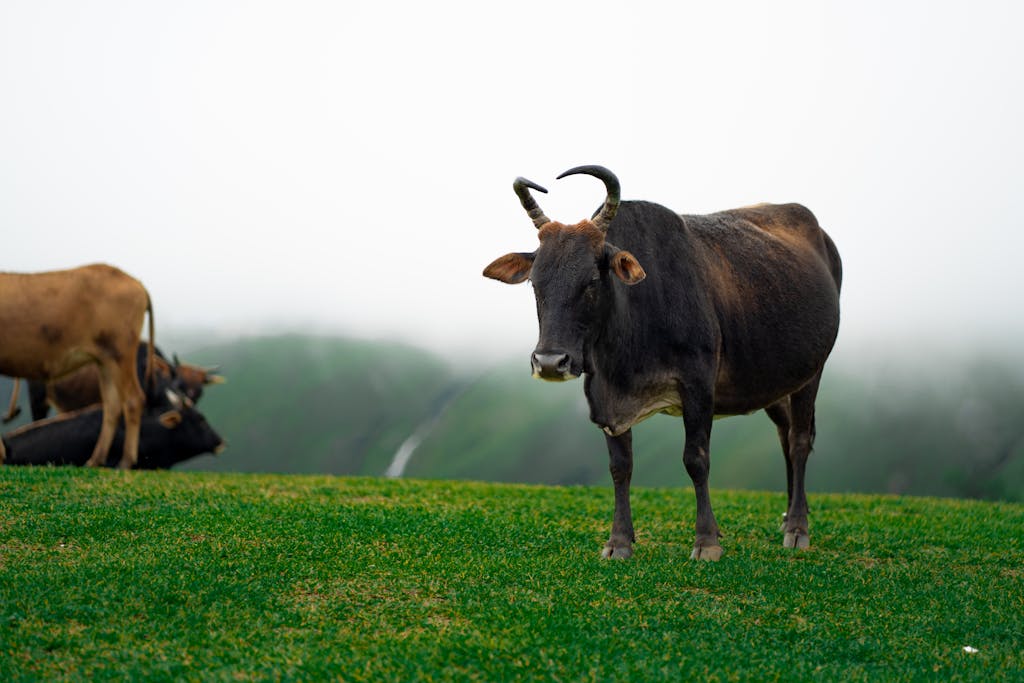
Regenerative grazing techniques can help restore native grasslands. These ecosystems are home to unique and often endangered species. Proper management helps preserve these important habitats.
Livestock themselves can play a role in seed dispersal. As they move between areas, they transport seeds in their coats and manure. This helps maintain plant diversity across the landscape.
Greenhouse Gas Emissions
The impact of grazing on greenhouse gases is complex. While livestock produce methane, smart grazing practices can help offset these emissions.
Healthy grasslands sequester carbon in plant roots and soil organic matter. This can help balance out the methane produced by cattle. Some studies suggest that well-managed pastures may even become net carbon sinks.
Rotational grazing can also lead to more efficient livestock production. This means fewer animals are needed to produce the same amount of food. Reduced herd sizes translate to lower overall emissions.
Technological Integration
Technology is transforming grazing management. New tools help farmers monitor herds, assess pastures, and make data-driven decisions. These innovations boost efficiency and sustainability in livestock farming.
Precision Livestock Farming
Precision Livestock Farming (PLF) uses tech to monitor animals in real-time. PLF systems track health, behavior, and production. They alert farmers to issues quickly.
We see benefits in grazing systems too. PLF helps with pasture use and herd control. Farmers get insights on grass growth and animal movement. This leads to better feed allocation and reduced waste.
PLF tools include:
- Automated feeders
- Milk yield sensors
- Activity trackers
These devices collect data continuously. Farmers use this info to make smarter choices about breeding, feeding, and health care.
Remote Sensing Technologies
Remote sensing is key for smart grazing. It uses satellites, drones, and ground sensors to assess pastures. This tech gives a big-picture view of farm conditions.
We can measure:
- Grass biomass
- Soil moisture
- Pasture quality
Farmers use this data to plan grazing rotations. They know where to move animals for optimal feeding. It also helps spot areas that need rest or treatment.
Drones with special cameras can detect plant stress early. This allows quick action to protect pasture health. Satellite images track long-term pasture trends, aiding in sustainable land management.
Smart Collars and Wearables
Smart collars and wearables are changing how we monitor livestock. These devices track animal location, activity, and health in real-time.
Key features include:
- GPS tracking
- Health monitoring
- Behavior analysis
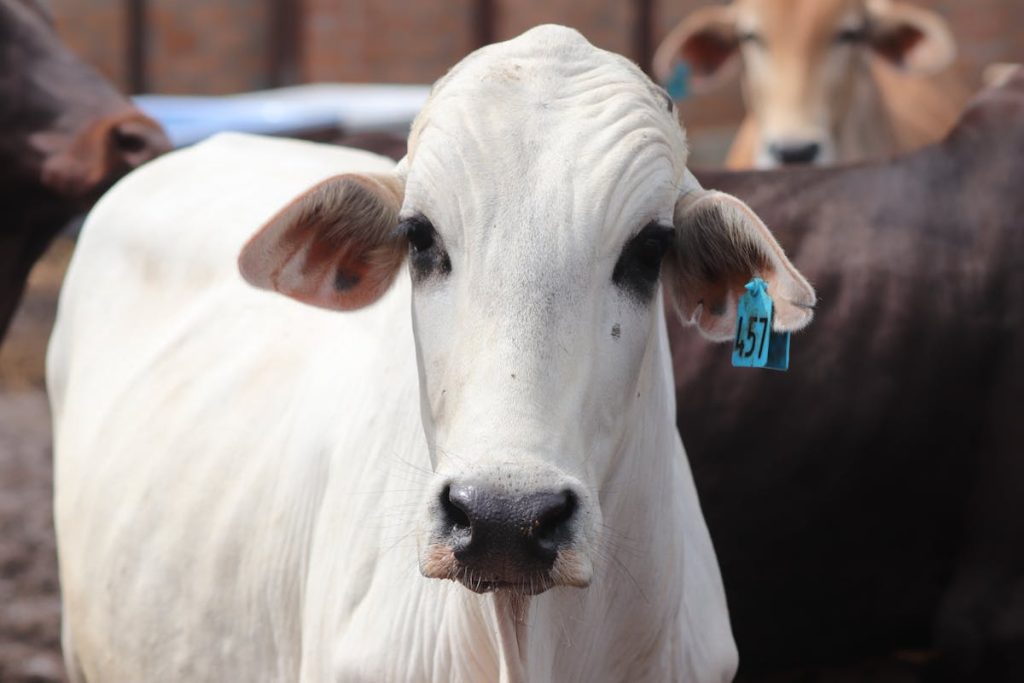
GPS allows for virtual fencing. We can control grazing areas without physical barriers. This saves on fencing costs and allows flexible pasture management.
Health sensors detect early signs of illness. They monitor body temperature, rumination, and movement patterns. Farmers can treat sick animals faster, improving herd health.
Behavior tracking helps understand grazing habits. We learn when and where animals prefer to graze. This info helps optimize pasture layouts and feeding schedules.
Implementation Strategies
Smart grazing requires careful planning and monitoring. We’ll explore two key aspects of putting effective grazing strategies into practice.
Grazing Management Plans
A grazing management plan is essential for success. We start by setting clear goals for our pastures and livestock. These goals guide our decisions about stocking rates, grazing periods, and rest times.
Flexibility is crucial when creating a plan. We adjust our strategy based on changing conditions like weather or forage growth. Our plan includes:
- Pasture rotation schedule
- Stocking density targets
- Rest periods for each paddock
- Contingencies for drought or other challenges
We map out our pastures and identify key water sources. This helps us design an efficient rotation system. We also consider seasonal variations in forage quality and quantity.
Livestock Monitoring
Close observation of our animals is vital for smart grazing. We watch for signs that indicate the health of both the livestock and the pastures.
Key monitoring points include:
- Body condition scores
- Grazing behavior
- Forage utilization rates
We use checkpoints and triggers to know when to move animals or adjust our plan. This might mean shifting livestock when grass height reaches a certain level.
Regular weighing of animals helps track performance. We also assess pasture recovery after grazing. This data guides our future management decisions.
Technology can aid in monitoring. GPS collars or drones can track animal movements and pasture conditions. These tools give us valuable insights for fine-tuning our grazing strategy.
Economic Considerations
Smart grazing offers financial benefits but requires careful planning. We’ll examine the costs and returns as well as market opportunities for this approach.
Cost-Benefit Analysis
Smart grazing systems need upfront investments in fencing, water infrastructure, and monitoring tools. These costs can range from $50 to $250 per acre depending on land features and existing setup.
Labor needs may increase initially as managers learn new techniques. Over time, labor often decreases as pastures become more productive and easier to manage.
Rotational grazing can boost forage production by 30-70%. This leads to lower feed costs and higher stocking rates.
Improved soil health reduces fertilizer needs. We’ve seen savings of $20-$50 per acre annually on input costs.
Animal health often improves, cutting veterinary expenses. Weight gains can increase by 10-20%, boosting profits at sale time.
Market Trends and Opportunities
Consumer demand for grass-fed and pasture-raised meat is growing. Premium prices for these products can be 20-50% higher than conventional.
Regenerative grazing practices are gaining recognition. This opens doors to niche markets and eco-conscious consumers.
Carbon markets are emerging as a potential income stream. Well-managed grazing can sequester 0.5-3 tons of carbon per acre annually.
Some areas offer payments for ecosystem services like improved water quality or wildlife habitat. These can provide $5-$20 per acre yearly.
Direct marketing through farmers markets or online sales can increase profit margins by 20-40% compared to conventional channels.
Frequently Asked Questions
Smart grazing techniques can boost pasture health, animal welfare, and farm profits. New tech and methods help farmers make the switch from old ways to smarter grazing systems.
How can smart grazing techniques improve pasture management?
Smart grazing helps grass grow better. We move animals often to give plants time to rest and regrow. This makes pastures healthier and more productive.
Prescribed grazing lets us control where and when animals graze. It protects sensitive areas and helps repair carbon and water cycles in the soil.
What impact does smart grazing have on soil health and biodiversity?
Smart grazing builds soil health. It adds organic matter to the soil as animals move. This feeds soil microbes and improves soil structure.
More plant species can grow when we graze smartly. This creates homes for insects, birds, and other wildlife. The result is a richer, more diverse ecosystem.
What are the economic benefits of implementing smart grazing systems?
Smart grazing can save farmers money. It cuts feed costs by making better use of pasture grass. Healthy animals need less medicine, which lowers vet bills.
Some farms may produce more meat or milk per acre. This can boost income without buying more land.
How does smart grazing contribute to the welfare of livestock?
Animals in smart grazing systems often have better lives. They get fresh grass more often. This means better nutrition and fewer parasites.
Moving to new areas lets animals act more naturally. They can graze, explore, and socialize as they would in the wild.
What role does technology play in facilitating smart grazing practices?
Tech makes smart grazing easier. GPS collars can track where animals graze. Drones help us check pasture health from above.
Apps and software help plan grazing rotations. They use data on grass growth, weather, and animal needs to make smart choices.
How can farmers transition from traditional to smart grazing methods effectively?
Start small when switching to smart grazing. Try it on one field first. Learn what works best for your farm.
Get advice from experts or other farmers who use smart grazing. Join groups or attend workshops to learn more. Make changes slowly to give animals and pastures time to adjust.
